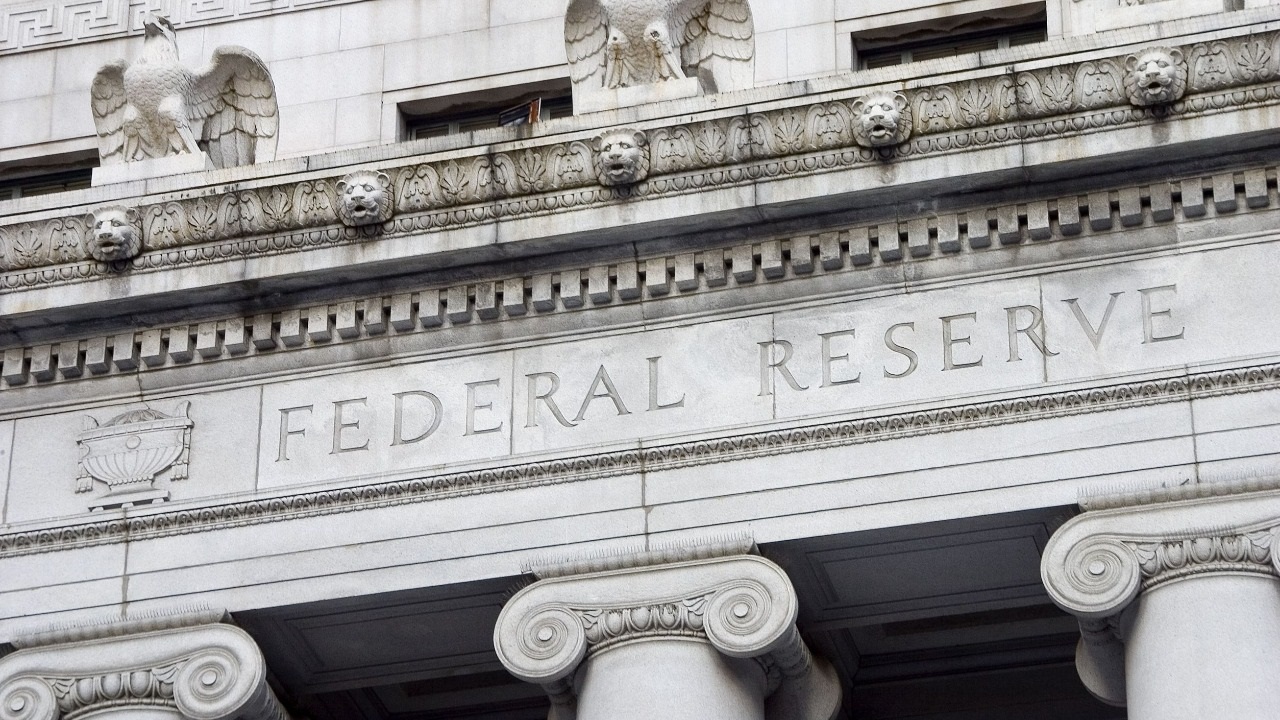
Home insurance rates: Round and round they go. Where they stop, nobody knows
___
Published Date 7/17/2024
Unchecked. Unabated. Both words describe what appears to be happening with rate increases in the home insurance industry as they push for weakened consumer protections—and are increasingly getting what they ask for.
Realtor’s Jean Eaglesham reports that Florida is increasingly making it harder for consumers to sue these companies — the most expensive in the nation for home insurance. She says the average premium there last year was $3,340—roughly double the national average, according to the Insurance Information Institute.
“State regulators across the U.S. appear to be buckling to industry demands for fear that insurers will pack up and exit their regions, leaving residents with few coverage options,” says Eaglesham. “In the last 12 months alone, one state has decided its regulator can no longer veto rate requests and another has made it easier for insurers to reduce storm coverage. A third has agreed to expand the types of costs companies can take into account when setting rates.”
The ten states where regulators can reject requests upfront have all green-lighted double-digit increases since the start of last year, with half those increases close to or above the 20% national average, the S&P data show. Even California, which for decades kept a tight lid on home-insurance rates, has approved an average 21% rate increase over the period, according to the S&P data.
Consumer advocates agree this can harm state economies, as a way of extracting concessions on prices or policies, and California is already showing the damage the industry can inflict: A massive retreat by companies has left many homeowners struggling to get private coverage.
It has been said that things begin in the West and migrate eastward. Eaglesham quotes Douglas Heller, director of insurance at the Consumer Federation of America: “Insurers are exporting their bullying tactics from California to other states,” The companies are saying to state regulators and lawmakers, ‘We can wreak havoc on your economy if you don’t play ball with us.’”
The stats? Insurance giant State Farm last month asked California regulators for a 30% rate increase for homeowners, barely three months after a 21% increase came into effect. State Farm requested a rate-control exemption reserved for insurers in financial trouble. The unit racked up an underwriting loss of $2 billion and almost halved its capital in the five years through last year, according to firms who keep track. A State Farm spokeswoman said the unit is “working toward its long-term sustainability in California.”
Of course, the industry denies using threats to get its way, claiming it comes down to the cost of doing business. “Claims of ‘bullying’ grossly distort insurers’ commitment to working constructively with regulators,” said insurance industry spokesman Justin Hakes — in light of home insurers racking up a $16 billion underwriting loss last year. It expects losses to continue.
While inflation, a climate-change-fueled rise in natural disasters and population shifts to high-risk areas are all pressure factors, insurers appear to have turned a corner more recently and have reported healthy quarterly profits, boosted partly by recent policy rate increases. But how much is enough?
Many state regulators are in a weak position to push back on industry demands, making home insurance markets unstable. “In Louisiana, where back-to-back hurricanes have sent insurers rushing to the exits, lawmakers this spring axed a rule making it hard for companies to drop customers of three or more years standing,” says Eaglesham. “They also ended the insurance commissioner’s right to veto rate requests upfront.”
Insurers in other states, such as Arkansas, are being allowed to reduce hail and wind coverage after storms caused big losses, regulator Alan McClain told legislators earlier this year. That doesn’t mean insurers are getting everything they want, however. “Regulators can give insurers informal feedback on their rate requests, which might prompt them to lower what they ask for,” says Eaglesham. “California regulator Lara last month unveiled plans to require insurers to sell more policies in wildfire-prone areas. The proposal is a trade-off to allowing insurers to boost rates to reflect reinsurance costs and anticipated losses from future disasters.”
All information furnished has been forwarded to you and is provided by thetbwsgroup only for informational purposes. Forecasting shall be considered as events which may be expected but not guaranteed. Neither the forwarding party and/or company nor thetbwsgroup assume any responsibility to any person who relies on information or forecasting contained in this report and disclaims all liability in respect to decisions or actions, or lack thereof based on any or all of the contents of this report.


J.C. Mier The Mortgage GOAT
Branch Manager/ Loan Officer
NMLS: 258527
Mortgage Goat LLC
130 N Preston rd #318, Prosper TX 75078
Company NMLS: 258527 /133739
Office: 469-628-4544
Cell: 469-628-4544
Email: jc@themortgagegoat.net

J.C. Mier The Mortgage GOAT
___
Branch Manager/ Loan Officer
NMLS: 258527
Cell: 469-628-4544
Last articles
___

Kitchen remodels: What your money really buys
10/29/2024
Want to renovate your kitchen? Be prepared for some eye-popping numbers. Accordi... view more

Consumer Confidence reports an unexpected boost
10/29/2024
The Conference Board's October Consumer Confidence report shocked to the upside,... view more

Someone’s here: Homeowners who live with poltergeists
10/28/2024
When northern California homeowner...... view more

Three things that could impact rates this week
10/28/2024
These are the three areas that have the greatest ability to impact rates this we... view more

Expect high volatility this week with both inflation and labor data
10/28/2024
In global news, Israel made its move on Iran this weekend attacking military ins... view more

Kissing your mortgage goodbye: The truth about early payoff
10/25/2024
Did you know that in Scotland, a house with a red door signifies the owner has p... view more

Consumer Sentiment comes in slightly higher than expected
10/25/2024
A quiet open this morning, the 10 year note at 4.20% -1 bp; UMBS price at 8:30 a... view more

Has your roof reached its expiration date?
10/24/2024
When we speak of home, we speak of shelter. And there is no single element that ... view more
Load more
 Mortgage Goat LLC
Mortgage Goat LLC

















